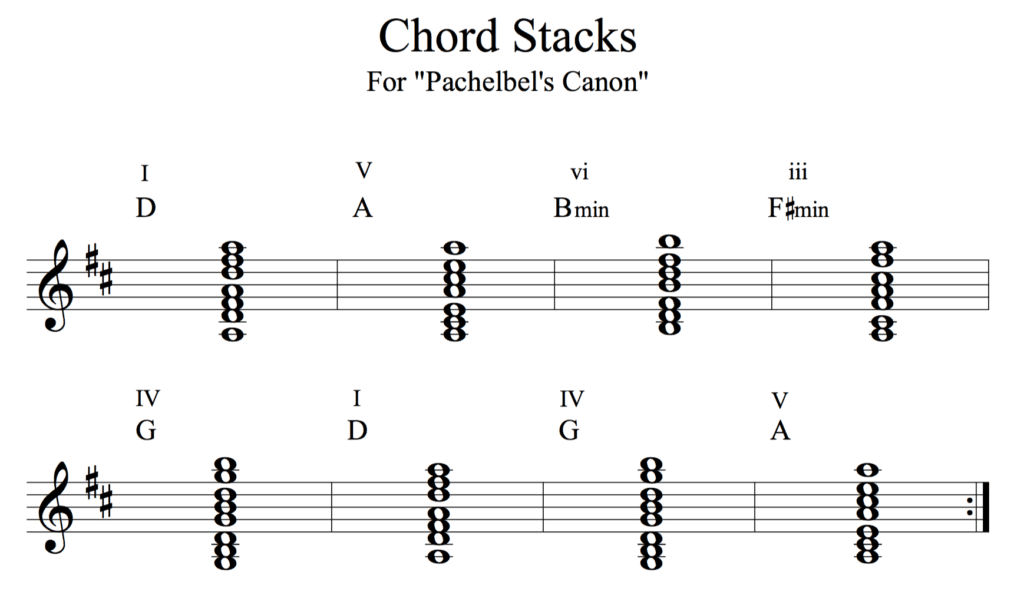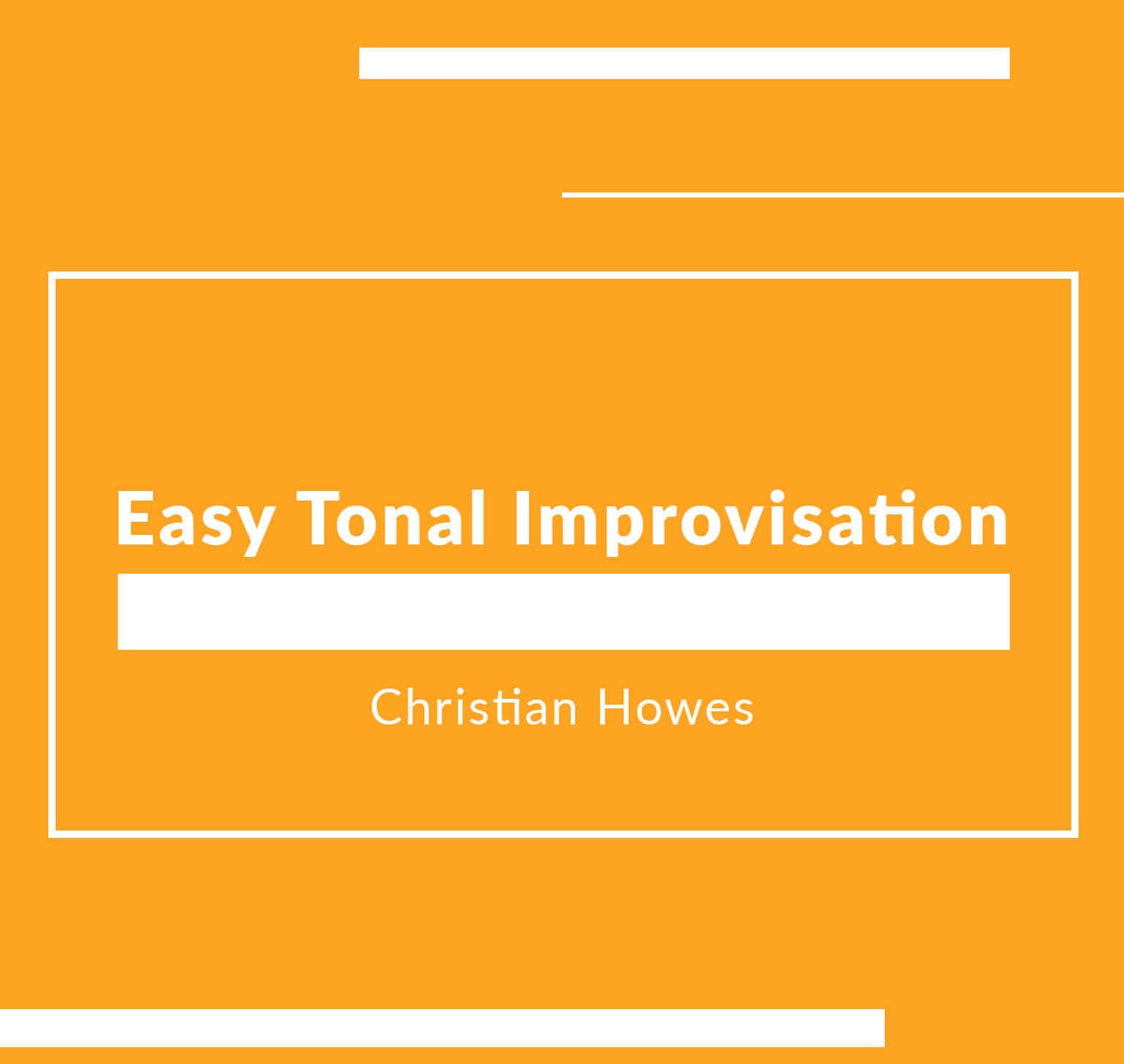If you were classically trained, you likely struggle to hear and apply harmony.
This holds us back from feeling confident about music in general.
Since many of us already know how to play our instrument pretty well, we’re led to assume wrongly:
“If I just listen and try harder, I’ll get it.”
That never works. I know because I tried it for years, and it was only after trying the things in this course that I found simple ways to understand harmony and be able to practice it much more efficiently.
In this course, you’ll develop the understanding needed to improvise, arrange, or compose in many styles without memorizing licks or special techniques.
Busting the Myth of “Having a Good Ear”
Most classical musicians are limited by their ear training to only recognize classical melodies.
Like most Suzuki kids, I was proud of my ability to recognize pitches.
I didn’t realize how limited my ears were until I started to try to recognize other sounds.
When I joined a rock band in high school, my bandmates seemed to understand the music more easily.
- I couldn’t recognize notes below the register of the violin
- I couldn’t recognize chords
- I couldn’t recognize melodies which were different than classical
Playing rock music seemed hard to do, even though I enjoyed listening to it.
By combining active listening with reading, my ears developed faster.
I had just needed to know what to listen and look for.
How to Visualize Harmony on a String instrument:
I struggled for a long time to see harmony on the violin fingerboard.
Then I discovered that visualizing it on paper could speed up the process, like training wheels on a bike.
I developed a tool for this. Here it is, applied to Pachelbel’s Canon:
Most people visualize an arpeggio or chord in root position, which leaves out a lot of information
The diagram shows all the points of connection, i.e. voice leading. It may seem obvious, but the trick is in how you apply it.
I’ll show you how in “Easy Tonal Improvisation”.
The course is a game-changer.
After an hour or two with these exercises, you’ll never look at harmony the same way again.
Once you understand the framework in this course, you’ll be ready to take off in many directions without ever looking back.
In this course:
•Apply chord theory and voice leading to improvise, compose, or arrange melodies, inner voices, and bass lines over tonal progressions in various styles.
•14 video series is accompanied by five play-along tracks, chord stacks diagrams, a workbook, and instructions
•Great for instrumentalists of all skill levels. Only basic reading skills required.
- Learn to create melodies, harmonies, and bass lines over the ubiquitous chord progression from Pachelbel’s Canon.
- Develop the skills needed to arrange, compose, and improvise over triadic chord progressions- the types of skills needed to make your own cover songs
- This course contains a treasure-trove of materials: 2 videos series, 6 play-along mp3s, a stand-a-lone workbook, and other handouts Written materials utilize our innovative “chord stacks” diagrams which allow you to learn to create lines in a connect-the-dots fashion
- Skill Level: All levels. Workbook is color-coded to help less experienced readers.


